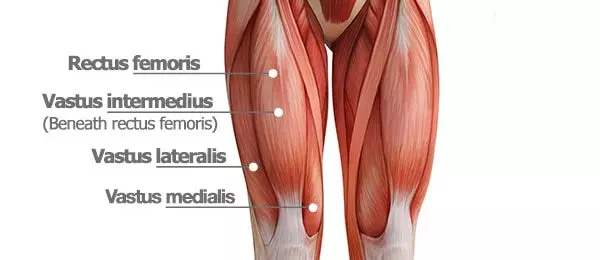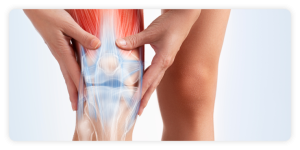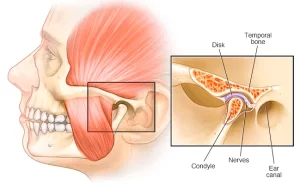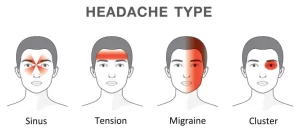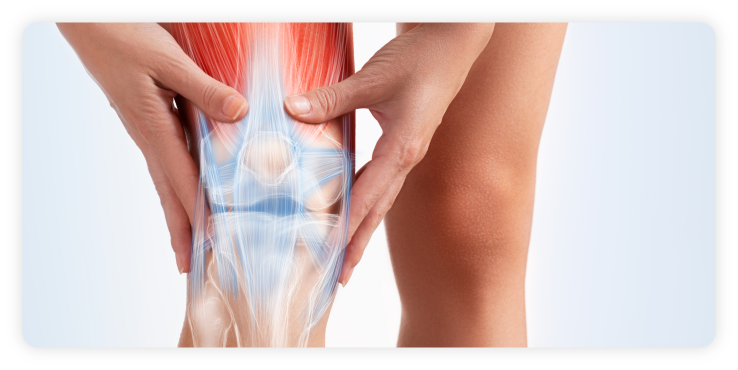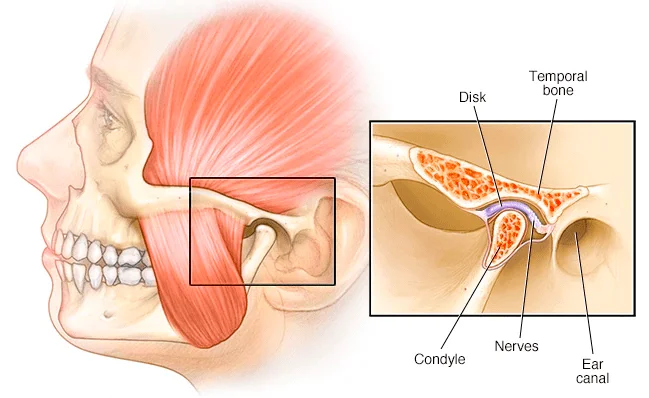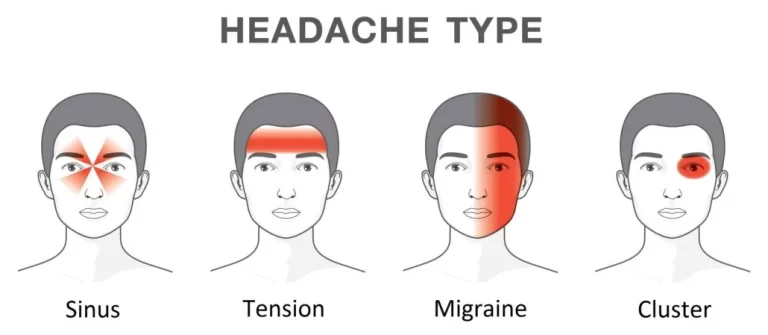What is Vastus Lateralis (VL) Muscle?
The Vastus Lateralis (VL) is a muscle located on the lateral, or outside, part of your thigh. The muscle is one of the four quadriceps muscles and is the largest muscle of that group. The Vastus Lateralis works with the other quad muscles to help extend your knee joint. It also is active in maintaining thigh and kneecap position while walking and running.
The Vastus Lateralis originates on the upper inter-trochanteric line of your femur. It also arises from the base of the greater trochanter and the linea aspera, the supracondylar ridge, and the lateral intermuscular septum. From its origin, this muscle courses down your lateral thigh and inserts as part of the lateral quadriceps tendon on the tibial tubercle. The muscle is a large flat structure and has many attachments with a flat aponeurosis on your lateral thigh.
Function of Vastus Lateralis (VL) Muscle
The Vastus Lateralis muscle works with your other quadriceps muscles to extend, or straighten, your knee. Functional activities like walking, running, climbing stairs, and rising from a seated position are all accomplished with the quads. The Vastus Lateralis muscle, along with your Iliotibial Band, also helps to form the lateral wall of your thigh. The Vastus Lateralis directly opposes the Vastus Medialis muscle on the inner portion of your thigh. These two muscles work together to maintain the appropriate position of your patella (kneecap) in the femoral groove of your thigh bone.
Injuries to Vastus Lateralis (VL) Muscle
Injury to your Vastus Lateralis or quadricep muscles may cause pain, swelling of your thigh, or limited walking ability. It may also lead to injuries in the event the muscle group fail to function properly.
These injuries may include:
– Patellofemoral Stress Syndrome (PFSS): This occurs when your kneecap tracks improperly in the femoral groove of your knee joint. This leads to pain and difficulty with walking and running.
– Vastus Lateralis Strain: A sudden force to your thigh may cause the quadriceps muscle to be strained. This can cause pain, swelling of the muscle, and bruising of your thigh, and may limit your ability to walk normally.
– Patellar Tendinitis: Irritation of the quadriceps tendon that courses over your kneecap may cause this condition.
– Weakness due to femoral nerve compression: The femoral nerve may become pinched or irritated due to lumbar stenosis, arthritis, or a herniated disc. When this occurs pain, numbness, tingling, or weakness in your thigh may happen.
Treatment for Vastus Lateralis (VL) Injuries
Physical therapy is recommended for Vastus Lateralis (VL) injuries. Apart from heat therapy and Cryotherapy, treatment will comprise of manual therapy to help decrease pain and promote circulation. These techniques can improve tissue mobility prior to stretching as well as improve the quadriceps motion. Quadriceps stretches to increase mobility and function of the muscle group may be prescribed. Exercises to release any femoral nerve irritation may also be prescribed to get pressure off the lumbar nerve if it is causing the thigh any pain. As treatment progresses, functional training will be incorporated to ensure that your quad is functioning normally. Most injuries to the quadriceps and Vastus Lateralis (VL) muscles heal within eight weeks. If in doubt, please seek professional advice.
Check out our popular articles: Diastasis Recti, Tight Back Muscles, Irritable Bowel Syndrome (IBS), Temporomandibular Joint (TMJ) Dysfunction, Tennis Elbow, Wrist Tendon Injury, Sciatica, Whiplash, Hernia, Herniated Disc (Slipped Disc).
